Guide: WPI-8 Certificates for TWIA Windstorm Coverage
By Shantell Moya · 5 months ago · 12 min read
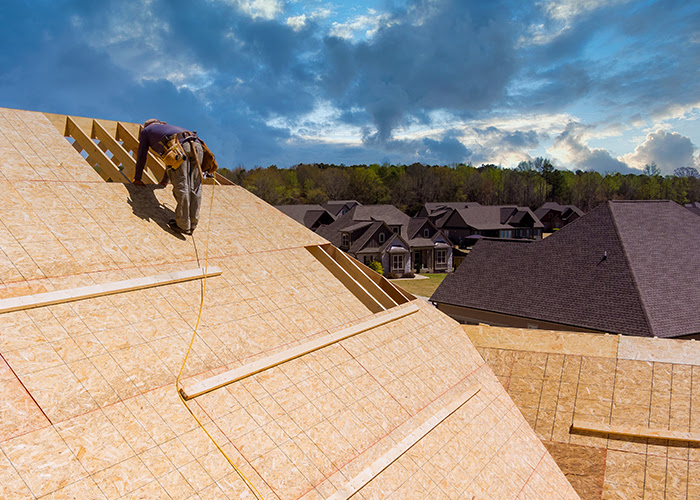
Say you’re a homeowner in Corpus Christi when hurricane warnings start coming over the radio and TV. You rush to board up your windows and tie down your outdoor furniture. Then you find out your windstorm insurance needs this specific paperwork you’ve never even heard of before. Most people find out about this requirement at the worst time possible. The WPI-8 Certificate of Compliance is what determines if you can actually get TWIA coverage when you really need it.
This certificate shows that your home meets all of the Texas windstorm building codes after it’s been built or after you’ve made big repairs. Dealing with all this paperwork during storm season puts real pressure on people. Why does TWIA make you take this extra step before they write you a policy – and why can’t you just fix up your home later if problems come up?
Here’s how to know if your project needs certification, what happens during the inspections, and what backup options you might have if plans don’t work out.
What You Need to Know About the WPI-8 Certificate
The WPI-8 certificate might sound like just another bit of government paperwork with a confusing name. But this certificate is actually what you’re going to need if you want to get windstorm insurance coverage through TWIA. If you own property in a coastal area, you’ll probably need this type of coverage. The Texas Department of Insurance is the one that gives out these certificates to show that your property meets their specific wind resistance standards.
Here’s how it works – your regular city inspectors take care of standard building permits. But for windstorm compliance, TDI has the final say. So you’re working with two separate approval processes. Under Texas Insurance Code Chapter 2210, they have the legal authority to make these decisions. So, while your local building department can approve your renovation plans, you still won’t be able to get TWIA coverage without TDI’s approval through a WPI-8.
The certificate only applies to properties in 14 coastal counties where hurricane winds are the biggest threat. When Hurricane Ike hit Galveston in 2008, thousands of property owners sent in applications to TDI all at once during the massive rebuilding that followed. They had to change the whole system to handle so many applications coming in at the same time.
Storm damage puts property owners on tight deadlines. You need both local permits and state windstorm certificates when you’re rebuilding. Your contractor has to work with both approval processes if you want to avoid delays on your project.
You’ll run into two main versions of this certificate – the difference between them changes how you apply. The standard WPI-8 covers new construction and improvements that are still being built. The WPI-8E is for construction projects that are already finished. TWIA used to give out something called a WPI-8-C for finished work. But that stopped in May 2020 when TDI took over the whole process.
The state has an online system where anyone can look up and check these certificates. Because this information is available to the public, it helps insurers check if properties qualify for coverage.
Lenders usually review this database before they approve mortgages for coastal properties. Whether you have this certificate or not is part of your property’s permanent record.
What Construction Work Requires the Certificate
Your construction project might need a WPI-8 certificate, and you might not even know it.
If you’re building a new home or any kind of building in coastal counties, you’re probably going to need WPI-8 certification before you can get TWIA windstorm coverage. That’s true even if you’re just rebuilding an old house from the ground up – when you tear down the whole structure and start over, that still counts as new construction.
Roof work is another big reason people need these certificates, and it usually catches them off guard. When you replace your roof covering or decking, you’ll need to get the certificate. Storm damage repairs usually fall into this category. But so do regular roof updates. Even if you only replace part of the roof, you might still need the certificate if the work touches any of the main support pieces. Homeowners usually plan these updates when the weather is nice, and they don’t think about the windstorm certification laws. Your roofer might do great work that passes the local building codes. But the state windstorm laws are a whole different story – they have their own inspectors and their own process.
Room additions and big remodeling projects will also mean you need to get the WPI-8. The state looks at any changes that expand your house, along with any major repairs, as construction work that needs to be checked for windstorm standards. Your contractor might pull the normal city permits and take care of the usual inspections. But that doesn’t take care of what the state requires for windstorm laws – those are completely different inspections.
These projects need to be checked while you’re building or right after you finish to make sure they follow windstorm building codes. You can’t just wait until you’ve closed up the walls and then try to get your certification down the road. When projects miss their inspection windows, you end up having to pay for expensive fix-up work later on. Contractors have to tear into your finished walls just to show the inspectors the support beams and other parts they need to see.
The inspection shows that your work follows state windstorm standards, which is what lets you get TWIA coverage. Without this certificate, you could run into insurance problems that leave you unprotected when the next storm comes through – and finding out about the requirement after your house already has storm damage is the worst possible timing.
How to Get Your Certificate with Free Inspections
The inspection process starts before you even break ground on your project. The timing for these inspections matters more than most people think. You’ll need to file what’s called a pre-construction form with TDI to get started. This lets them know that you’re planning work that needs windstorm compliance.
Once your framing is up and ready, that’s when the first real inspection happens. A TDI-appointed engineer will come out to your property to check that everything meets the building codes. You really can’t skip this or try to hide it until later. If you miss this inspection, you’re going to run into problems down the road. Your project gets flagged in their system, and then you’ll have expensive delays while you try to get the compliance problems fixed.
After your roof and deck work is done, there’s one final review. Most homeowners are relieved when they get to this point. The inspector comes out and makes sure all of the windstorm requirements are followed from start to finish. After that, you submit your paperwork through TDI’s online portal.
Here’s something that might save you some money. These TDI inspections are completely free. But if you choose to hire your own independent engineer instead, you’re probably going to pay hundreds of dollars. Most people just go with the free option unless they’re really in a rush and need the work done faster.
The approval process usually takes a few weeks once TDI gets your electronic submission. A 2022 audit showed that 7% of applications got delayed because people still mailed in paper forms instead of filling out the online system. Don’t slow down your own process by doing that.
Project calendars can get confusing when you’re juggling contractors and deadlines. You might want to put inspection reminders on your fridge, or somewhere you’ll actually see them every day. You really don’t want to finish a whole roof project just to find out that you missed the inspection window. Your contractor might move on to other jobs while you wait for the next available slot.
What You Can Do About Missing Documents
When your paperwork goes missing or never existed in the first place, you can still get the coverage you need. What you do next comes down to when your home was built and what kind of work people have done to it since then. Homes that were built before 1988 run into different problems than newer properties. You might need to hire an engineer who can look at your home and write up a report about what meets current standards. You can absolutely go back and have this done after the fact. But you’ll have to pay real money for it, and there’s no guarantee it will solve your problem.
Here’s where it gets tricky, though. Engineers can only sign off on what they can actually see with their own eyes. If your walls are already finished and closed up, they won’t be able to look at the framing or connections behind them. So you end up having to figure out if you want to open up those walls just to get a complete inspection done. When you can’t see what’s behind the walls, any structural problems turn into expensive guessing games. Your engineer might tell you to tear into the walls just so they can write up accurate reports. You’ll have to pay to open up those walls, even if it turns out the framing behind them is completely fine.
Some of the fixes you make might also mean you have to meet extra code requirements. After you start doing work on one area, you could end up needing to fix more areas than you first thought you would. That’s when repairs get very expensive.
If you’re buying a home that doesn’t have a certificate, you might want to work out a deal where the seller gives you money to help pay for the inspection and any repairs. At least that way, you won’t get stuck paying the whole bill after you’ve already bought the house. If you get the seller to chip in some money, it moves the financial burden off your shoulders before you buy the place. Sellers who genuinely want to make a sale will usually help pay for these certification costs instead of watching the deal fall through.
Online Tools for the Latest Code Changes
The code world changes fast, just like your phone’s software updates. These updates usually come out a few times per year now. If you skip even one version, you’ll feel completely lost when you need to catch up. That’s just what happens with windstorm standards, too.
Some big changes came through in 2024 when Texas adopted the International Residential Code amendments. The Texas Department of Insurance had to rush to include these updates in their certification process. You don’t want to be stuck with outdated information when you’re ready to build. If you miss the latest standards, you’ll have permit delays that stretch your timeline by weeks. Your contractor will charge you extra for any rework, and material costs just keep going up.
Here’s where most people go wrong. They wait until hurricane season arrives before they check what’s new. That’s when everyone scrambles at the last minute. The better way is to bookmark TDI’s certificate lookup portal today while you’re thinking about it.
You should also set up a calendar reminder to check for updates every few months. TDI will send you email alerts when big changes happen. But you have to sign up for them first. Your county building department sends out newsletters, too, with local updates that matter to your area.
I’ve heard of instances where small regulation changes about roof deck fasteners came through right before inspection. Homeowners missed the update and had to redo weeks of work. We’re talking thousands in extra costs here. The new requirements weren’t that different. But they were different enough to fail inspection.
Watch out for old blog posts and social media groups that share outdated standards. People love to share old information without checking the dates. The 2025 system updates make it easier to check the latest product evaluation reports online.
A Secure Home Starts with a Solid Roof
Finding the right windstorm certification for your home is like getting ready before bad weather arrives instead of scrambling when storms are already on the way. Plenty of homeowners wait until hurricane season gets close. But when you have all your paperwork ready and in order, you’ll feel better, especially when June through November comes around each year. Say you’re lying in bed at night – you’ll sleep better knowing that your home meets all of the latest building codes and your insurance will actually cover you when you need it.
The resources we talked about make this whole process much simpler than it seems. You can use the TDI portal to apply for certificates right from your computer, and you can schedule those key inspections with just a phone call. These online systems and phone lines are available all year long. Since you have these tools available to you now, you can start the process while the weather is still nice and contractors aren’t too busy.
Say the next tropical storm shows up on the weather forecast. You’ll know that your home has already been checked and certified. If you take care of these certifications now, then when storm season comes, you can focus on what’s really important, which is making sure your family stays safe. You won’t have to worry about whether your insurance will help pay for any damage.
Storm season already brings plenty of stress, so you don’t need to add paperwork problems on top of everything else. Your family deserves to feel safe when the winds start picking up. After your home gets certified, that’s one less item you’ll need to worry about during those long nights when hurricanes are nearby.
You need a roof that meets the latest windstorm standards, and you also need the right paperwork to prove it. At Roof Republic, we work on commercial and residential roofing all across the Greater Houston Area, including Magnolia, Tomball, Cypress, and Conroe. When you’re ready to make sure your roof is strong enough for Texas weather, we’re here to help with expert inspections and quality work that will protect your home when you really need it.
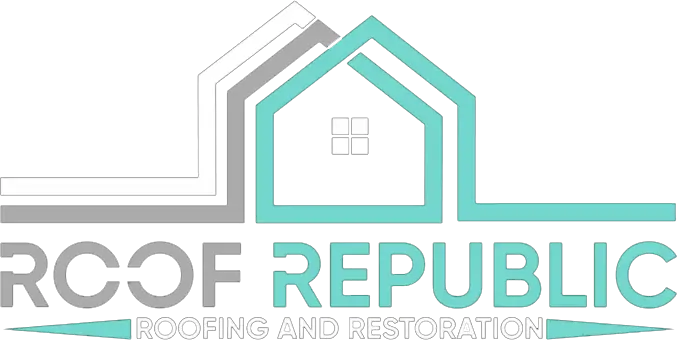
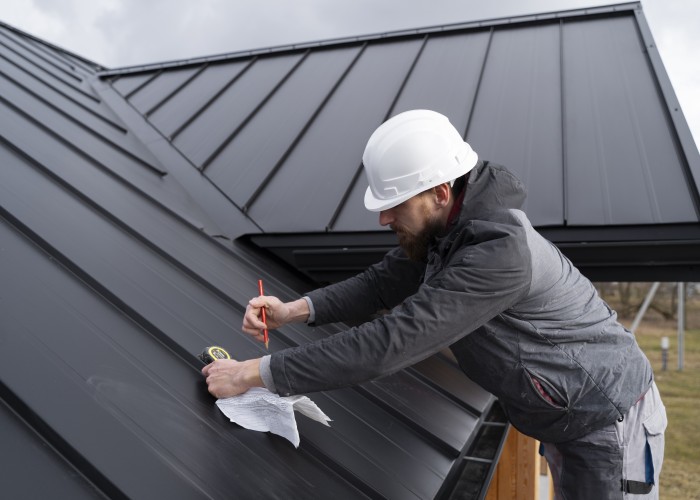
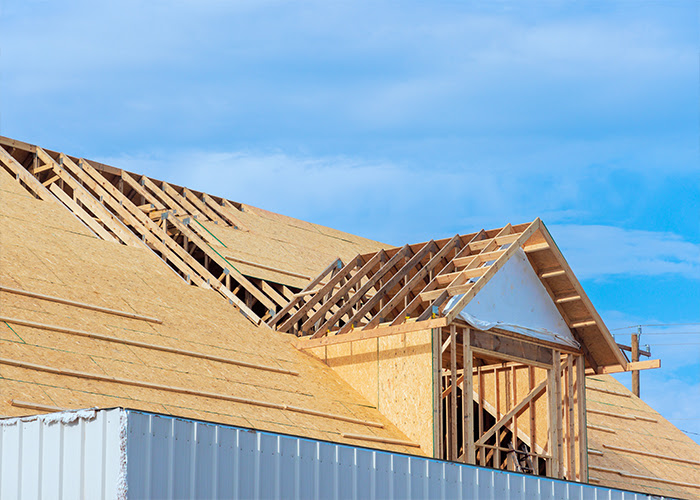
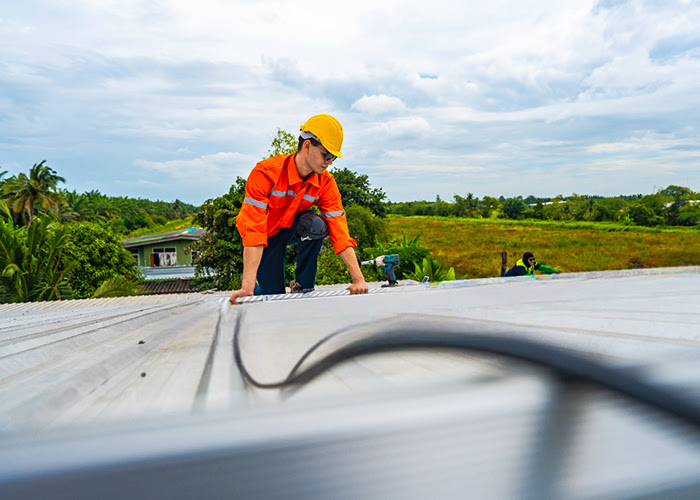
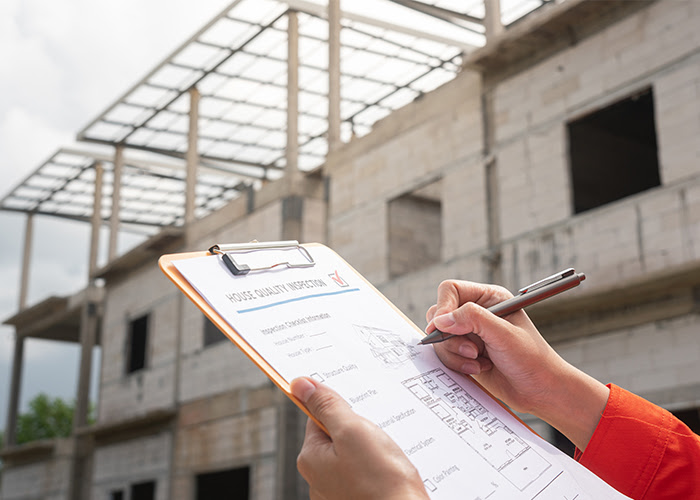
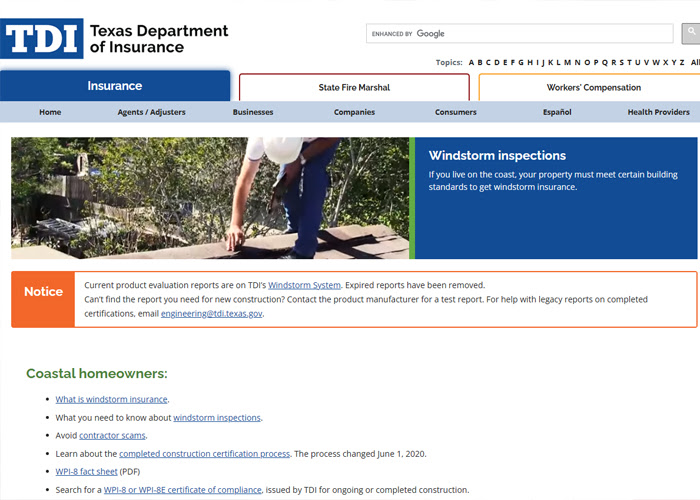


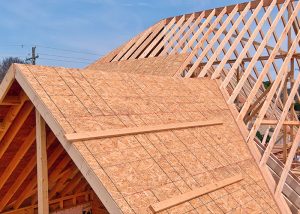

Comments
Sort by: